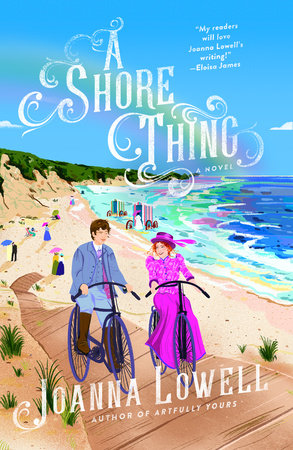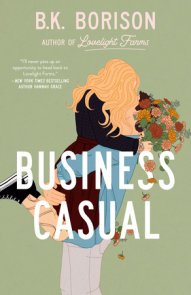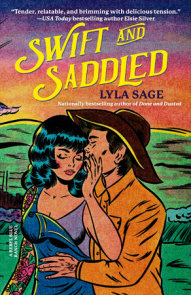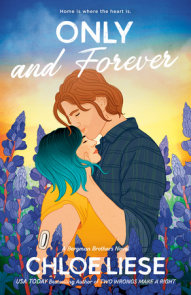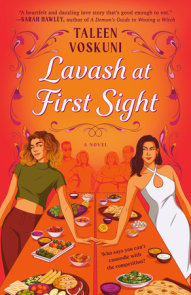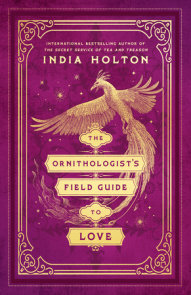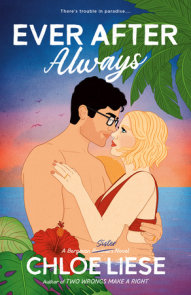READERS GUIDE
Reader’s GuideA Shore Thing by Joanna Lowell
Discussion Questions:
1. Muriel and Kit live happily ever after, but even happily ever afters require emotional work, compromise, and encounters with various obstacles. In your opinion, what are the biggest relationship challenges Kit and Muriel will face as they build a home together in New York? Are these challenges mainly societal or interpersonal? How can they be overcome?
2. Suffragists were big fans of bicycles. Susan B. Anthony said of bicycling, “I think it has done more to emancipate women than anything else in the world.” What new freedoms did bicycles open for women? Why did Deighton insist that penny-farthings were superior to safeties? What do you think it would have taken for men like him to accept women bicycling?
3. Today we tend to think that sexual desire defines a person’s identity: a man attracted to other men is a gay man; a person attracted to people of all genders is pansexual. Sexologists in this period were just inventing the opposing concepts of homosexuality and heterosexuality, along with the idea that sexual orientation was an unchangeable part of the self. Muriel’s attraction to Kit and experience with the sapphists lead her to wonder if she should start thinking differently about herself. Is her desire defined by attraction to a particular gender, and does that matter? What about Ponsonby’s?
4. As a trans person living in a period when hormones and surgical interventions were not available to make his body more congruent with his gender, Kit relied on binding, packing, clothing, and other material (rather than medical) methods of living his gender in the world. Across the span of trans and queer history, these methods have been (and continue to be) far more prevalent than hormones and surgery. While trans and nonbinary people are often singled out for consciously performing their genders and modifying their bodies, feminists have long called attention to ways in which all people, whether consciously or not, use clothing, makeup, exercise, and other techniques to embody their genders. What strategies have you used to embody your gender? How have they changed over the course of your life?
5. How do the non-trans characters in the book embody their genders? How do you see them struggling against the limits of Victorian gender norms?
6. Kit’s conflict with Deighton and Deighton’s father goes beyond disagreements about bicycles, into the meaning of masculinity itself. As Kit spends more time in all-male spaces, he finds he doesn’t like most of what he sees. What do you notice him objecting to? Although his life would have been easier if he was assigned male from birth, Kit reflects that he is grateful for his experience of female socialization. Why?
7. Deighton and his father also fight with each other over the meaning of masculinity, although they seem to agree that it involves dominating others. Can masculinity exist outside of domination? What alternative models of manhood do you see in the book, and in the real world?
8. Muriel loves her work and is proud of her self-sufficiency. What struggles has she faced as a female botanist, seeking to make a career for herself with, and separate from, Esme? How has she confronted them?
9. Muriel has felt lonely for much of her life. How has she internalized the emotional damage from her relationship with Esme and the death of her mother? What strategies has she used to keep herself safe? What is it about Kit that allows her to let down some of the walls she has built? Do you think there are some boundaries that are important to retain, even within intimate relationships?
10. Both the sapphists and the women artists in the book have created Sisterhoods to respond to specific social challenges. What similarities and differences do you see in the forces that brought each group together? Under what circumstances might all-women spaces still serve an important purpose? How can trans and nonbinary folks also find mutual support under the exclusions of patriarchy?
11. Blackmail was a common threat faced by wealthy gay men in Britain, particularly after the passage of the 1885 Criminal Law Amendment Act. Before you learned of the source of James’s stress, what did you imagine it might be? What do you think of James’s story arc? Do you think he and Ponsonby have a future together?
12. Romance novels have increasingly centered female pleasure, focusing on women’s orgasms, consent and communication, and a broader range of sexual acts. Do you think social norms around what does and does not count as “actual sex” have similarly evolved? How might this differ in queer and straight relationships?







